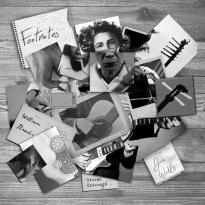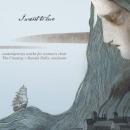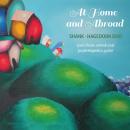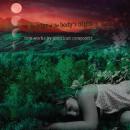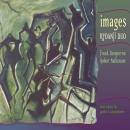Footnotes
Footnotes
Ghent, Belgium
On the surface, Footnotes is a guitar album that cuts across stylistic and aesthetic boundaries throughout the 20th Century in the U.S.A. But what is this music? Or more importantly, who are the protagonists in this release? William Brooks is a composer; Stefan Östersjö is a guitarist; Jez Wells is a creative sound engineer. So this would seem to be a composition by Brooks played by Östersjö and produced by Wells.
Alas, the sleeve notes say otherwise: “We choose to call this album Footnotes because it presents the artefactual results—or, perhaps more properly, the counterfactual results—of a lengthy research process that has led us into various historic documents, recordings, and technologies. It will be evident that a prime motivator for our interest was that each track involves mysteries of some sort, many of which have not been resolved.”
Is this the greatest musicological hoax of the century? A blatant disregard for clear distinctions between composer, performer and recording engineer? Insidious academic collusion?
Be that as it may, how does it sound? Six tracks, in vastly different styles (it seems), using vastly different instruments (it seems), recorded in vastly different environments (it seems). Track 1 is for prepared guitar, and the sleeve notes tell us the recording dates from 1959. Track 2 is for folk guitar, a ragtime piece with bizarre interruptions and transpositions; allegedly it was a field recording from the 1950s. Track 3, —well, it might be a blues recorded by Big Mama Orton in the 1960s, but who on earth was Big Mama, and what did she (one assumes) do to the blues? Track 4 claims to be by a Polish composer and recorded in 1974—possibly true: it certainly sounds appropriately cerebral. Track 5 “strains credulity,” say the sleeve notes. You bet it does, with a performance allegedly broadcast by a Spanish guitarist and recorded off-air in England. And track 6? It’s a mishmash, some parts recalling earlier tracks, some seemingly snatched from sources ranging from churches to radio broadcasts to free-jazz outtakes.
Is this the Crystal Skull and Kensington Runestone of guitar music? Where does speculative documentation of imaginary history, the real music of imaginary tribes, and experimental cross disciplinary composition reside? Start here, in Footnotes, the authorized version.
